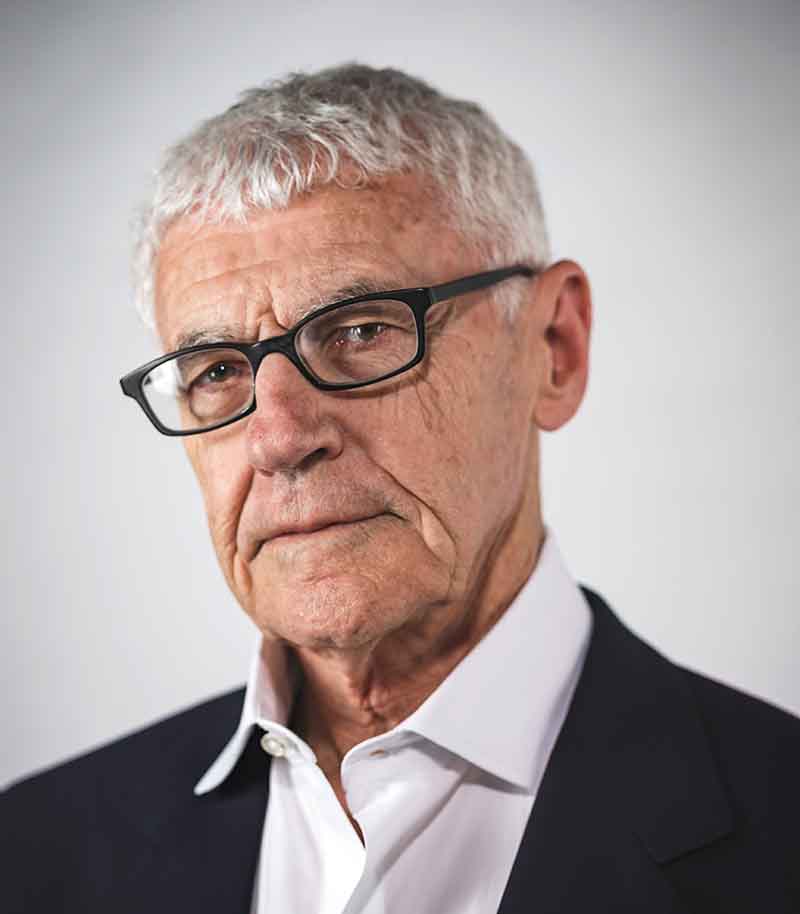- August 07, 2019
- By Liam Farrell
The cluster of shootings last week in El Paso, Texas; Gilroy, Calif.; and Dayton, Ohio restarted the bleak cycle of media, politicians and regular Americans trying to understand the clockwork of mass violence in the U.S. and what can be done to stop it.
While the motivations of all the shooters haven’t been confirmed yet, UMD psychology Professor Arie W. Kruglanski, an expert in extremism, spoke to Maryland Today about the common factors that contribute—or don’t contribute—to mass violence.
 Mental Illness Is Not a Prerequisite
Mental Illness Is Not a Prerequisite
There is an “intuitive plausibility” to ascribing violent acts to mental illness, Kruglanski said, but that ignores how rates of violence do not track with rates of those disorders. Research on terrorists from the 1970s and 1980s, he said, also show they were “no more psychologically disturbed than most of us.”
“Most mentally ill patients suffer a great deal, but the suffering is their own and their families,” he said.
Motivation and Personality Are Important
At its core, Kruglanski said, extremism is the result of a “motivational imbalance,” in which a singular goal—be it losing weight, succeeding at the office or seeking revenge against immigrants—overrides all others.
“One motive dominates the others to the point of sacrificing basic human needs,” he said. “It’s a phenomenon that’s very broad.”
An individual’s personality can contribute to how this is expressed. Someone who is vulnerable to paranoia can embrace conspiracy theories; someone prone to anger may seek ways to support their aggression.
Ideology Can Vary
Ideologies like fascism or neo-Nazism are more conducive than others to violence, Kruglanski said, yet the particular details can be secondary to whether they legitimize someone’s grievance and justify violence as the only redress.
“The narrative does not have to be right wing or left wing. It can be anything that suggests a grievance or injustice has been done,” he said. “(Violence) can be recruited in the service of any cause.”
Guns Make a Difference
The availability, power and distance capabilities of guns make them a far more attractive weapon than knives or others that necessitate getting closer to targets, Kruglanski said. Killing someone from far away is “very different psychologically” than doing it up close.
In addition, the way denizens of troll web forums like 8Chan talk about shootings—for example, referring to body counts as “high scores”—shows how motivated extremists can approach committing violence like a video game.
“Numbers matter,” Kruglanski said. “Automatic weapons deliver numbers. Hence their unique appeal.”
“Lone Wolves” Are an Anachronism
People don’t have to physically join a group like ISIS or the Ku Klux Klan to have a supportive network encouraging and reinforcing their deviant ideas, Kruglanski said. With the sprouting of social media and websites like the aforementioned 8Chan—allegedly where the El Paso shooter posted a white supremacist manifesto—extremist inspiration is just a click away.
“You don’t need that face-to-face affirmation,” he said.
So although mass shooters may act alone in the sense of having no help in the buildup or moment, they can easily find a virtual place that supports and celebrates their actions.
“They don’t have to be told,” Kruglanski said.
Topics
ResearchTags
Psychology